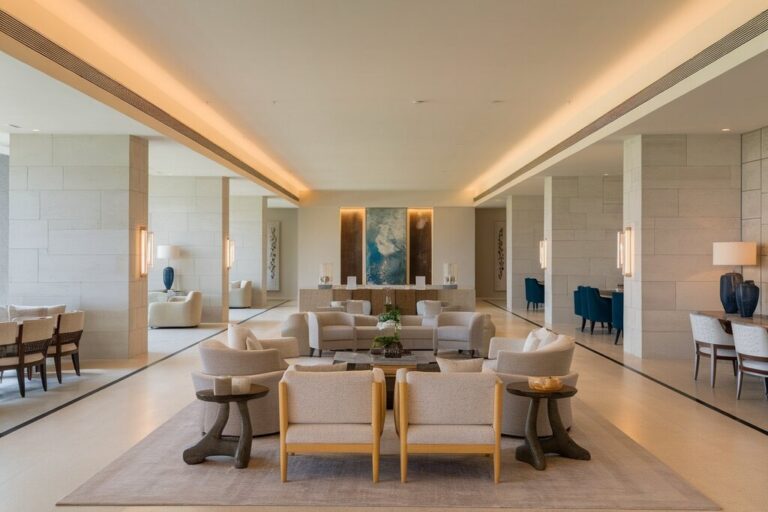In this blog, I will share how unity shapes interior design and why it matters for creating a balanced space. A well-designed room feels intentional, with every piece working together instead of competing for attention.
Unity ensures that colors, textures, and furniture styles complement each other. Without it, a space can feel chaotic and disconnected. Maintaining unity makes a room more inviting and visually appealing, whether you prefer modern, traditional, or eclectic styles.
By following key design principles, you can create a seamless and functional space. Let’s explore how to achieve unity in your home, from color choices to furniture placement.
Definition of Unity in Interior Design
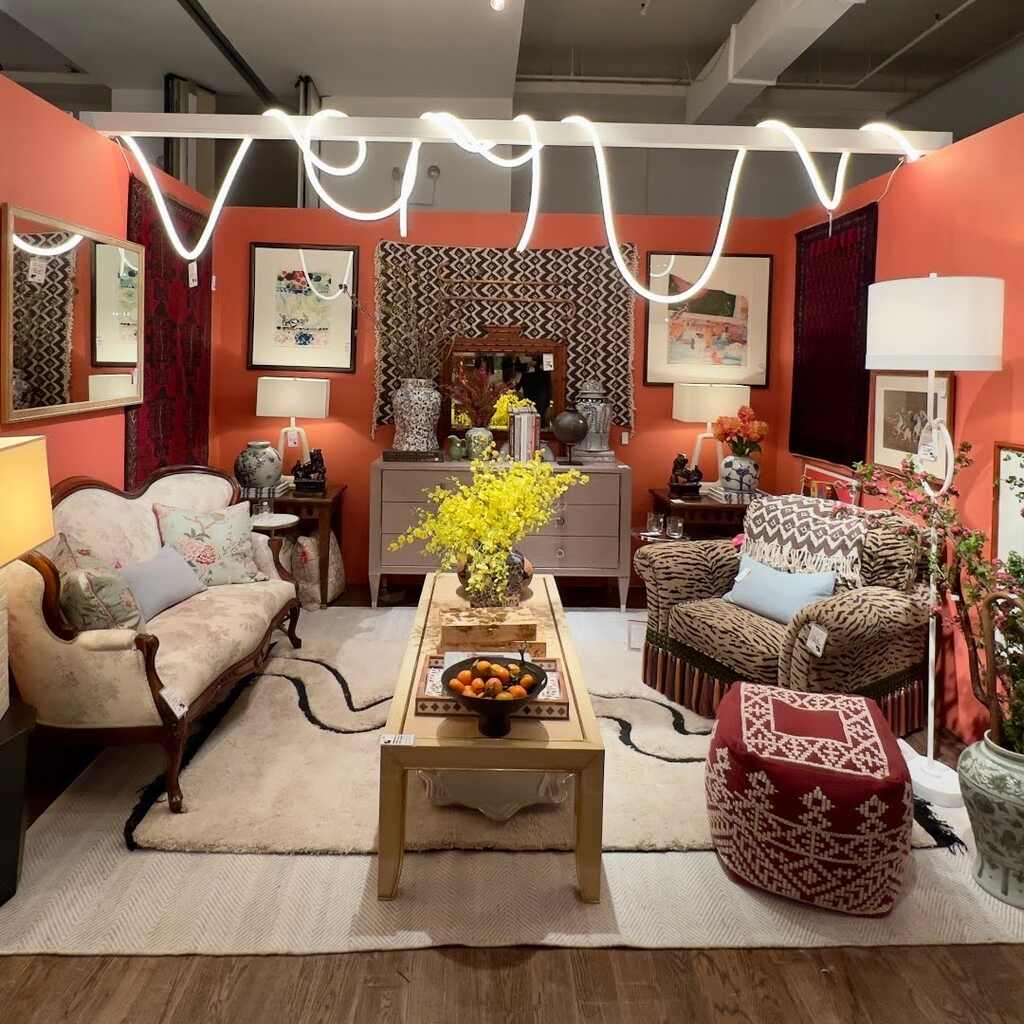
Unity brings all design elements together to create a complete and harmonious space. It ensures that colors, textures, shapes, and furniture styles work together instead of clashing. When a space has unity, everything feels connected and intentional.
A unified space looks organized and visually appealing. It improves the flow of a room and makes it easier to enjoy. Without unity, a room can feel disjointed, making it harder to appreciate the design.
Unity and harmony work together, but they are not the same. Unity focuses on consistency, while harmony ensures that different elements complement each other. A room can have unity through a repeating color palette, but harmony is what makes those colors feel balanced and pleasing to the eye.
The Importance of Unity in Interior Design
Unity enhances the look and feel of a space. It creates a polished and visually comfortable environment. A room with unity feels intentional, while a space without it can seem cluttered and distracting.
A well-unified space also improves functionality. It helps you move through a room easily by ensuring that furniture and décor flow naturally. When everything fits together, the space feels balanced and practical.
Unity also affects mood. Disjointed spaces can feel overwhelming or stressful. When a room is visually connected, it feels more inviting and enjoyable.
Key Design Principles Contributing to Unity
Repetition strengthens unity by using patterns, colors, and textures consistently. When similar elements repeat throughout a space, it creates a sense of order. A recurring color or pattern in furniture, rugs, and décor can tie a room together.
Balance ensures that elements are arranged in a way that feels stable. Symmetrical balance places similar objects on both sides of a central point. Asymmetrical balance uses different elements of equal weight to create interest. Radial balance arranges objects around a central focal point.
Rhythm guides the eye through a space. It uses repetition and progression to create a smooth visual flow. Proportion and scale maintain harmony by ensuring that furniture and décor are sized appropriately for the space. Emphasis highlights key features without disrupting unity. A bold artwork or statement piece can stand out while still complementing the overall design.
Elements That Foster Unity in Interior Design
Color and Texture
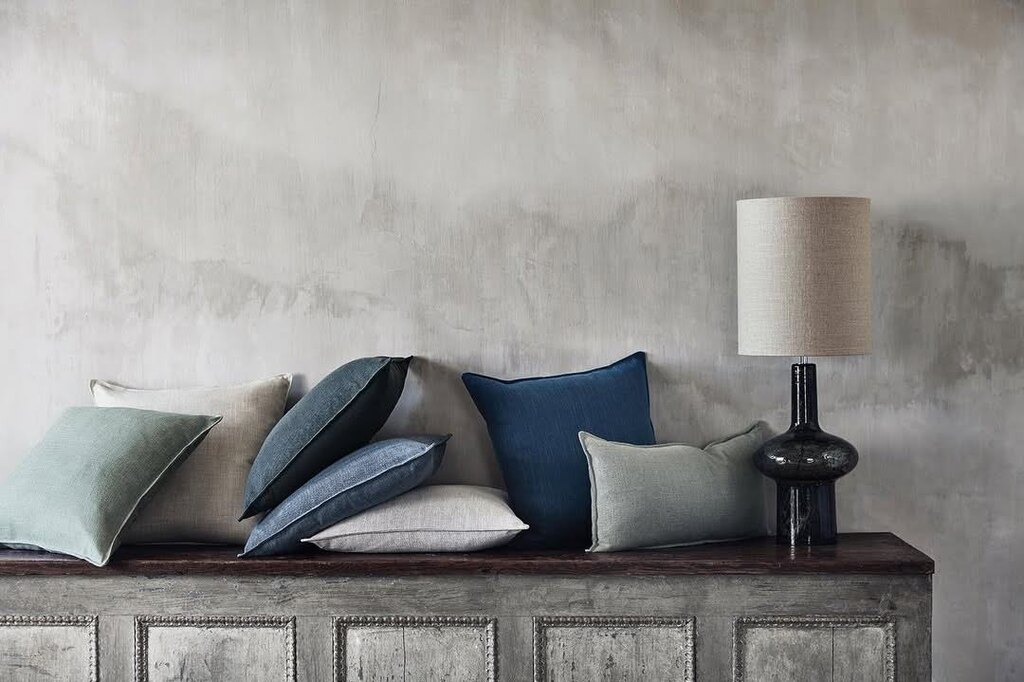
A consistent color palette creates a unified look. When colors flow smoothly from one element to another, the space feels intentional. Using too many unrelated colors can make a room feel disjointed.
Color can unify furniture, walls, and accessories. A repeated color in cushions, rugs, and artwork ties everything together. Even neutral tones can create unity when applied consistently.
Texture adds depth and interest. Repeating similar textures, like wood grains or soft fabrics, enhances cohesion. A mix of textures can work as long as they complement each other.
Patterns and Shapes
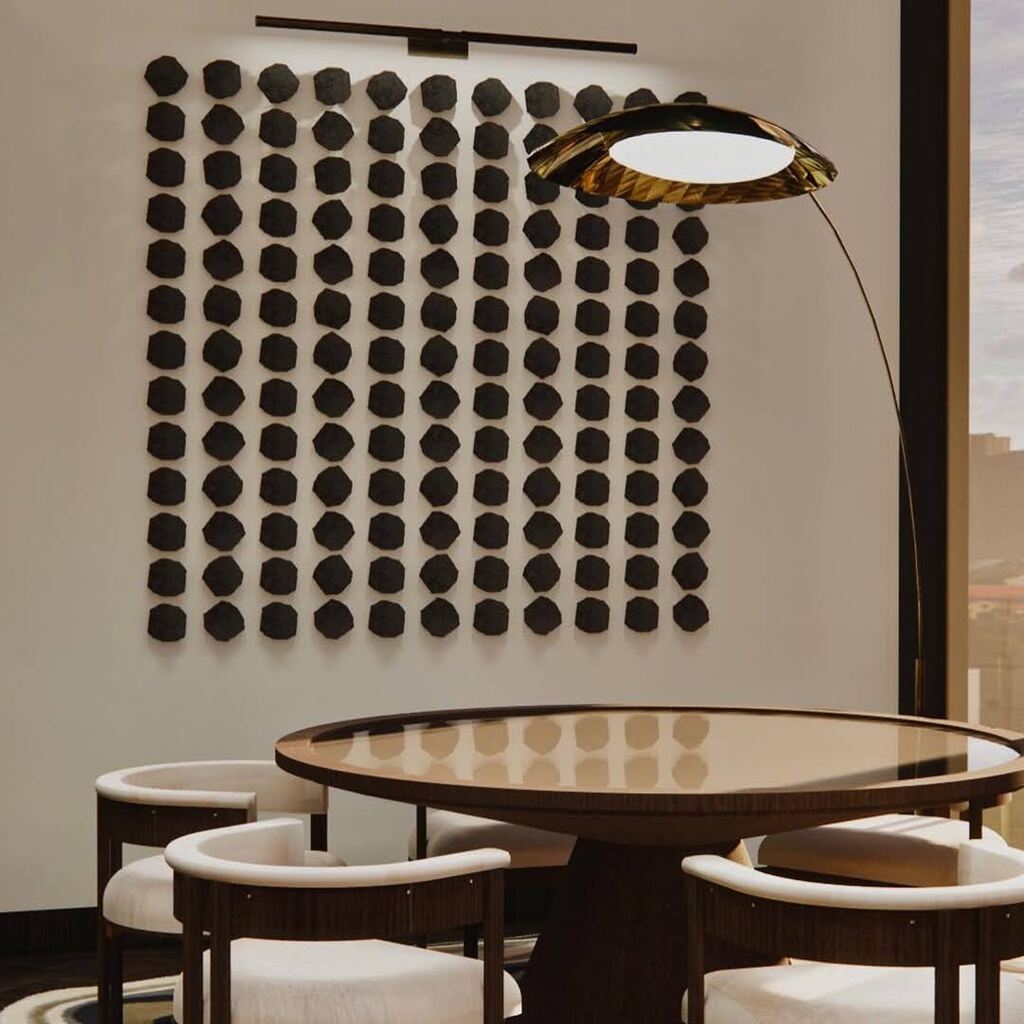
Repeating shapes strengthens visual unity. Circular mirrors, round tables, and curved chairs can create a flowing design. Angular elements like square furniture and geometric prints bring structure.
Patterns should be used thoughtfully. A single dominant pattern, such as a floral or striped design, can guide the room’s aesthetic. Mixing patterns works best when they share a color or scale.
Strategic pattern placement prevents visual chaos. Using patterned wallpaper on one wall while echoing the design in pillows or rugs creates balance. Overusing bold patterns can disrupt unity.
Style and Theme Consistency
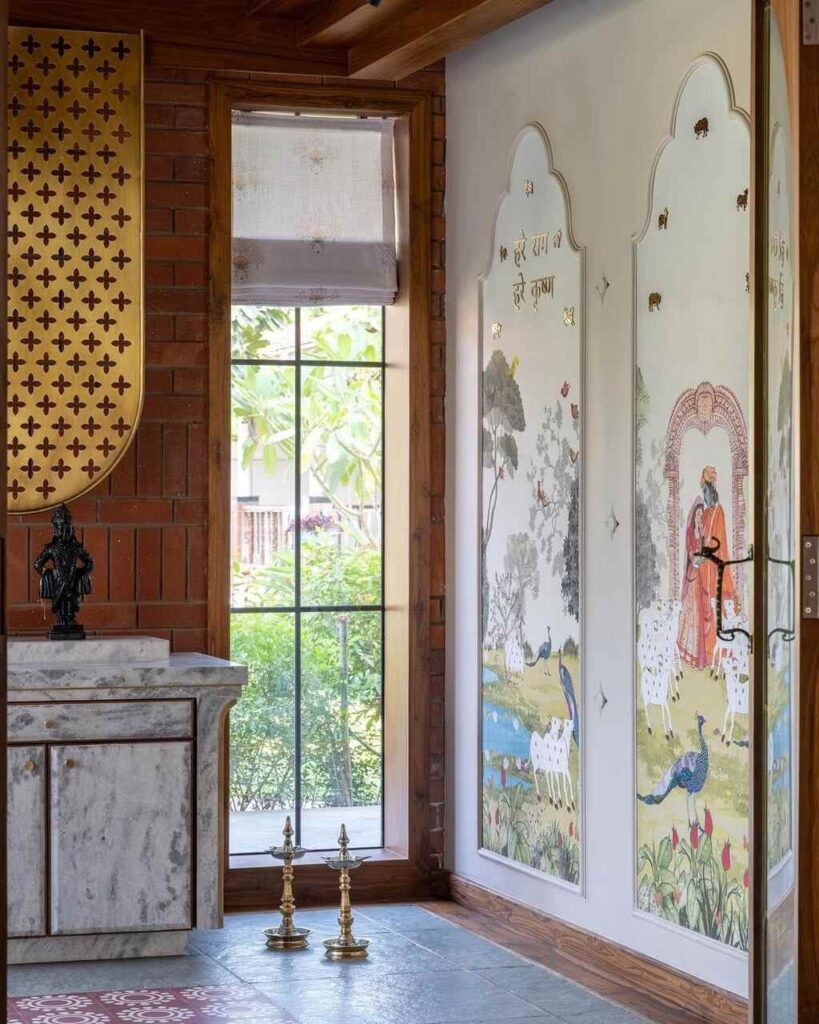
You can choose a design style that keeps a room cohesive. Whether modern, rustic, or classic, consistency in furniture and décor strengthens unity. Mixing too many styles can make a space feel disorganized.
Blending styles is possible with common elements. A mix of vintage and modern furniture can work if colors, materials, or finishes connect them. Finding a unifying detail ensures a harmonious look.
Theme consistency extends beyond one room. When the entire home follows a related design theme, the spaces feel connected. This doesn’t mean every room should look identical, but there should be a sense of flow.
Practical Ways to Achieve Unity in Interior Design
Using a Unified Color Palette
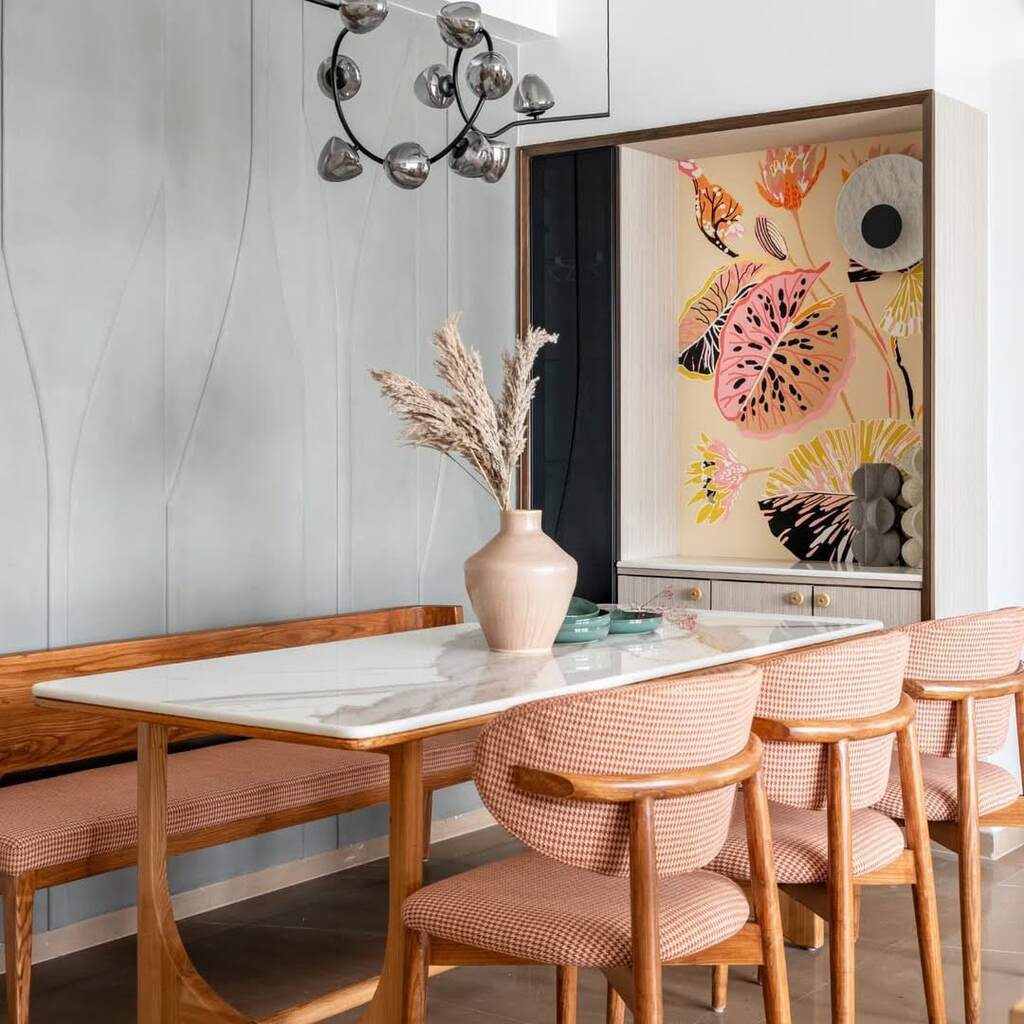
A unified color palette ties different elements together. Choose a dominant color for walls and furniture. Use secondary and accent colors in décor and accessories.
Color continuity helps connect spaces. Carrying the same tones throughout a home creates flow. Even small accents like trim or textiles can reinforce unity.
Coordinating Furniture and Accessories
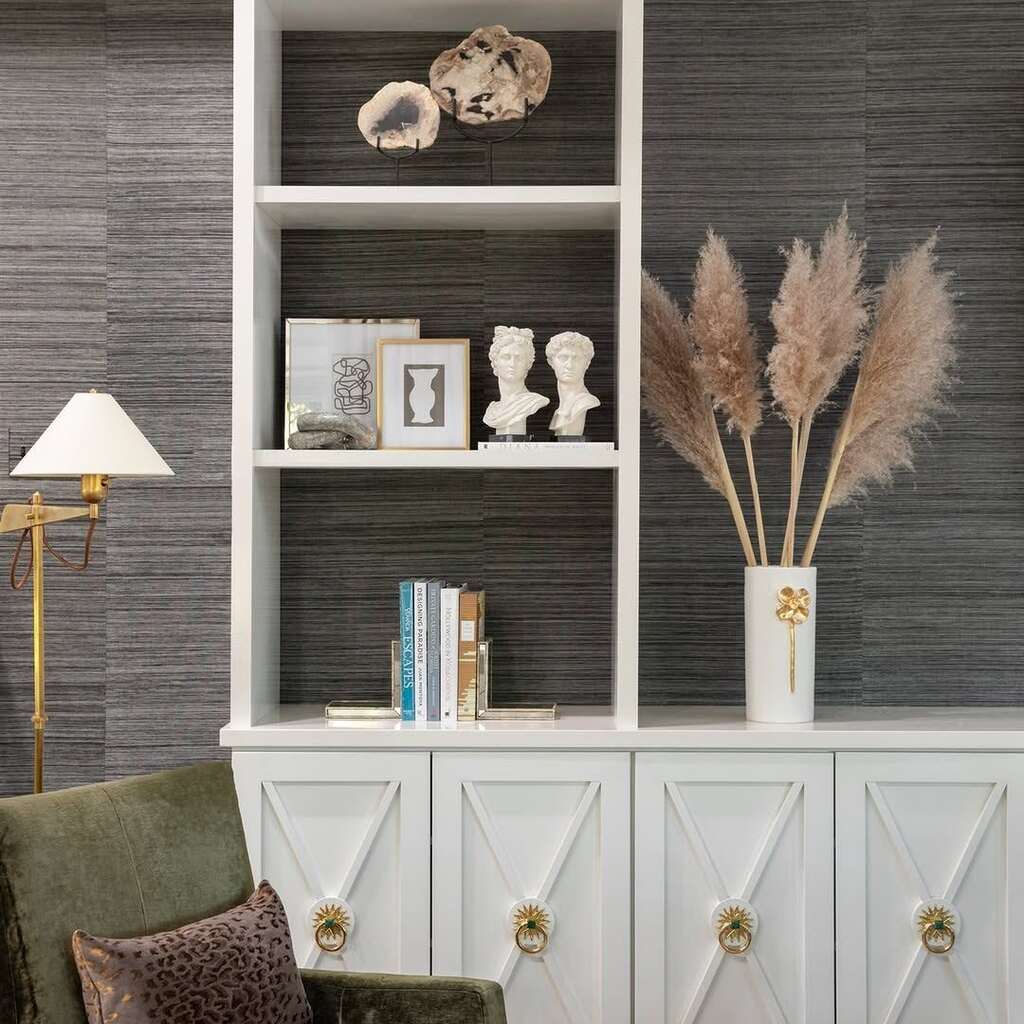
Furniture should complement the overall style. Mixing different pieces works if they share common features like shape, material, or color. Avoid placing clashing styles in the same space.
Materials can vary while maintaining unity. A mix of wood, metal, and fabric can look cohesive when balanced properly. Choose finishes that blend well instead of competing for attention.
Creating Visual Connections
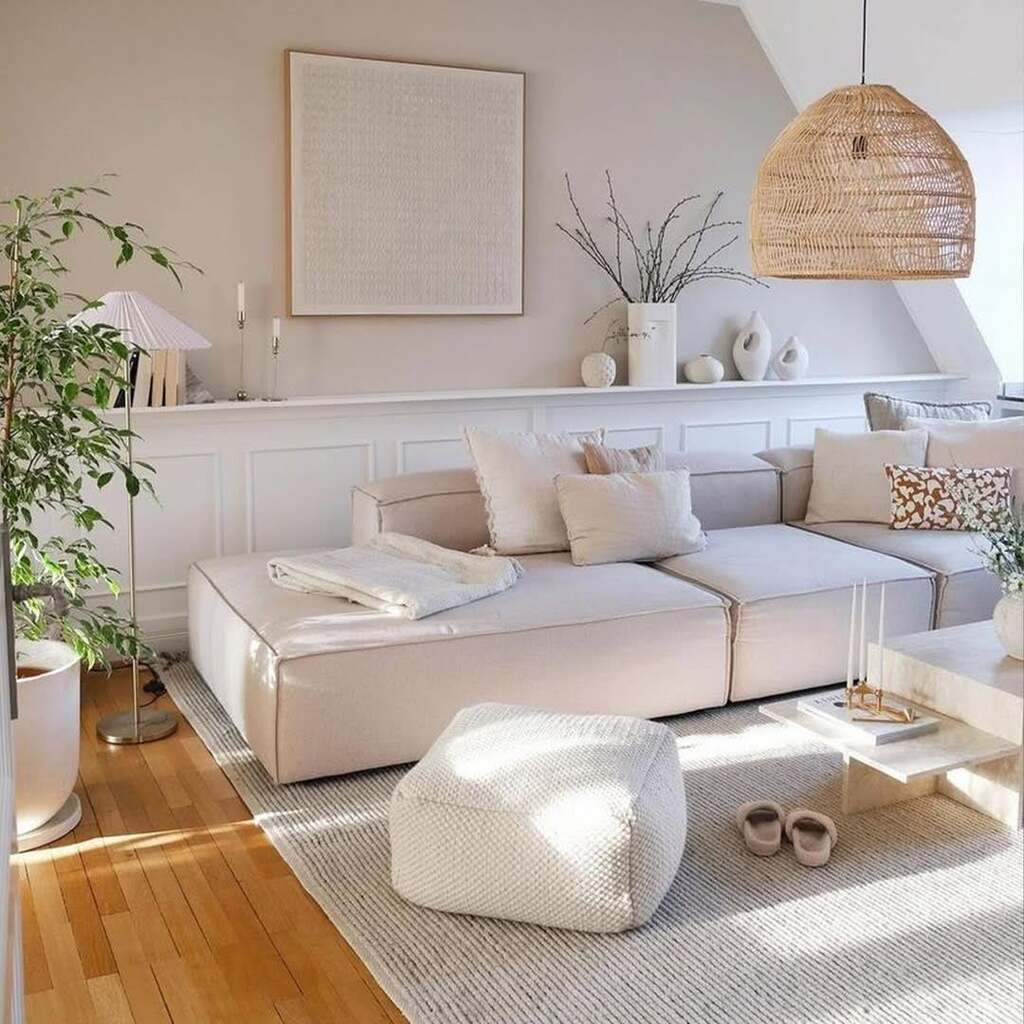
Flooring, rugs, and wall art help unify a space. A consistent flooring material across rooms enhances flow. Area rugs can define sections while keeping the design connected.
Lighting placement affects unity. Matching light fixtures or using the same style throughout a home brings cohesion. Layered lighting helps highlight design elements without creating visual clutter.
Achieving Unity in Different Interior Design Styles
Minimalist Interior Design
Minimalist design relies on simplicity. Clean lines, open spaces, and a neutral color palette create a unified look. Avoiding excess decoration helps maintain balance and order.
Negative space plays a key role. Leaving areas unoccupied enhances visual harmony. The fewer distractions in a room, the stronger the sense of unity.
Traditional Interior Design
Symmetry is a key feature of traditional design. Matching furniture pieces and balanced layouts create order. Classic shapes and timeless materials enhance the sense of cohesion.
Patterns and textures add depth. Repeating motifs in fabrics, wallpapers, and décor elements reinforce unity. Layering textures like wood, velvet, and stone helps maintain visual interest.
Eclectic Interior Design
Eclectic design mixes different styles, but unity is still important. A shared color palette, repeated shapes, or consistent materials can tie diverse elements together.
Balance is key. A bold statement piece should be complemented by more subtle surrounding elements. When combining different eras or aesthetics, find common details to create a sense of flow.
How to Incorporate Unity in Small Spaces
Keeping Design Simple and Functional
A small space benefits from a simple design. Too many patterns, colors, or decorations can overwhelm the room. Choosing a limited color palette and streamlined furniture keeps the space cohesive.
Multipurpose furniture enhances unity and functionality. A storage ottoman, foldable desk, or sofa bed helps reduce clutter. Each piece should serve a purpose while contributing to the overall design.
Strategic Use of Mirrors and Lighting
Mirrors create an illusion of space. Placing a large mirror on a wall reflects light and makes a room feel more open. Mirrored furniture or décor can also add depth without overwhelming the design.
Lighting placement enhances unity. Using the same lighting style throughout a space creates consistency. Layered lighting, such as a mix of ceiling lights, lamps, and wall sconces, ensures balance.
Scaling Furniture and Décor Appropriately
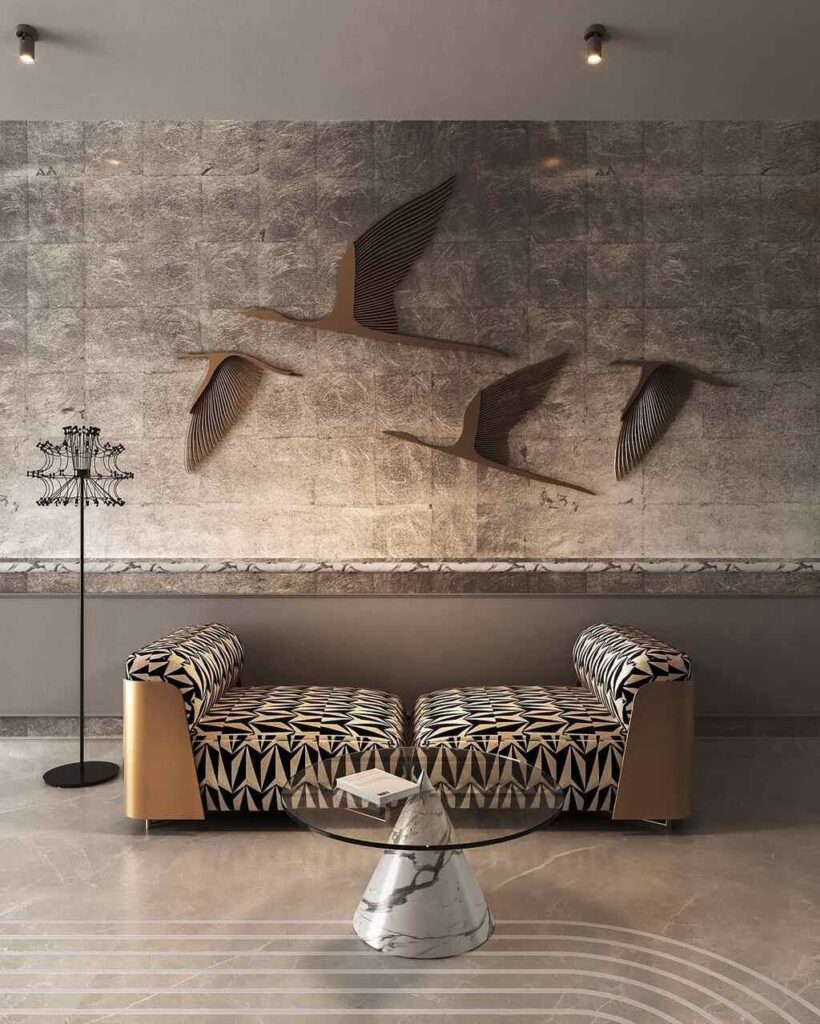
Furniture should fit the proportions of the room. Oversized pieces can make a small space feel cramped, while tiny furniture may seem out of place. Choosing the right scale maintains balance and unity.
Arranging furniture thoughtfully improves cohesion. Positioning pieces to maximize flow prevents overcrowding. Open spaces between furniture create a sense of order and make the room feel more inviting.
Balancing Unity with Individuality
Adding Personal Touches Without Disrupting Unity
Personal touches make a space feel unique. A statement piece, like a bold chair or an eye-catching rug, can add personality without overwhelming the design. The key is to choose pieces that enhance rather than clash.
Blending different elements while maintaining harmony is possible. A vintage lamp can work in a modern space if the color or material connects with other pieces. Finding common details helps balance individuality and unity.
Creating Focal Points
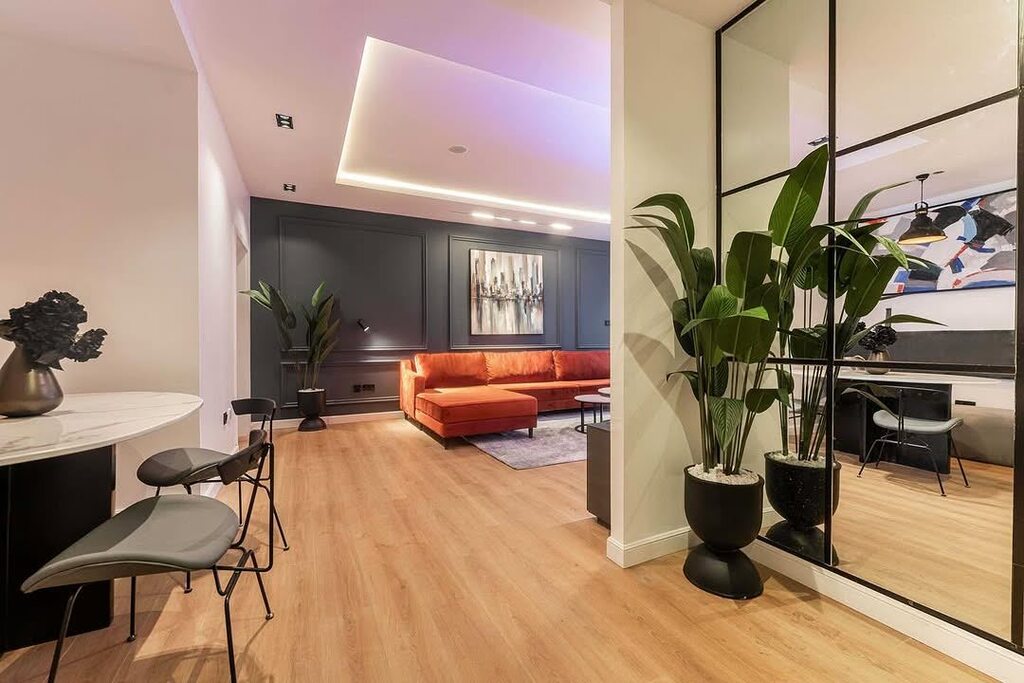
A focal point draws attention while keeping the design cohesive. A bold artwork, accent wall, or striking furniture piece can add personality without making the space feel chaotic. The surrounding elements should support rather than compete with it.
Balance is essential when creating a focal point. If one element stands out too much, the room may feel unbalanced. Distributing visual weight evenly ensures that the focal point enhances the overall unity of the space.
Conclusion
A well-designed space is intentional and cohesive. Unity ensures that colors, textures, and furniture work together. It creates a space that feels both functional and visually appealing.
Balancing consistency with individuality adds character. Statement pieces and focal points should enhance rather than disrupt the design. A thoughtful approach brings harmony without losing creativity.
By applying key design principles, any space can feel complete. A well-coordinated interior is not just stylish; it is inviting, practical, and uniquely yours
FAQ
What is the difference between unity and harmony?
Unity refers to the cohesion of design elements, ensuring they work together as a whole. It creates consistency through color, texture, and style. Harmony, on the other hand, is about balance. It ensures that different elements complement each other and feel visually pleasing without being identical.
Can unity be achieved with mixed styles and colors?
Yes, unity can be maintained even with diverse styles and colors. Repeating key elements, such as textures or accent colors, helps tie everything together. A consistent color palette or similar materials across furniture and décor can create a seamless blend.
How does proportion contribute to unity in design?
Proportion ensures that furniture and décor are balanced in size and scale. A large sofa pairs well with a sizable coffee table, while a small side table complements a compact armchair. The proper scale prevents elements from feeling too overpowering or too insignificant in the space.
What are practical tips for achieving unity in a small space?
Keep décor minimal and intentional. Too many patterns or colors can make a small room feel cluttered. Use multifunctional furniture, like a storage ottoman or a foldable table, to maintain both unity and practicality. Sticking to a limited color palette also helps create a cohesive look.
How can I balance unity with my style?
Choose statement pieces that reflect your personality without disrupting overall cohesion. A bold rug or unique artwork can stand out while still fitting within the color scheme. Mixing different styles works best when there is a unifying element, such as matching finishes or repeated patterns, to maintain a sense of flow.

